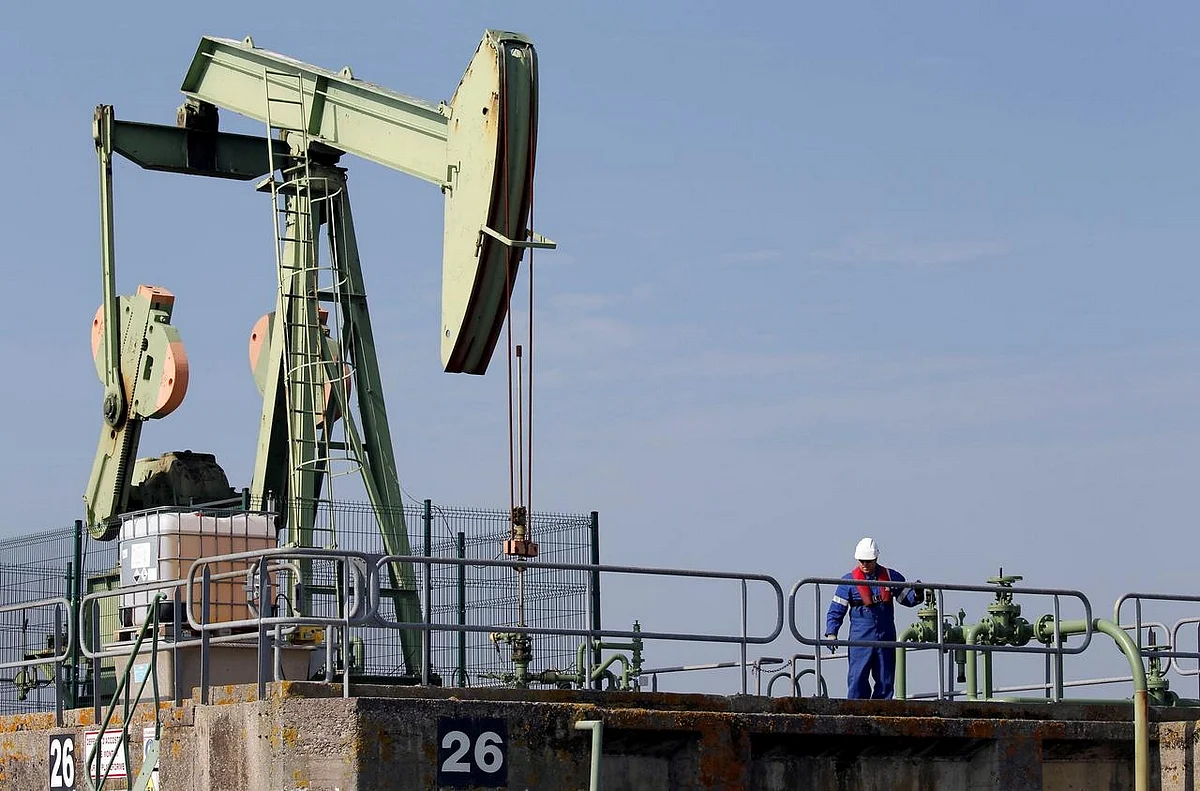Opec Maintains Outlook, Continues To Talk Up Supply Deficit
The Organisation of the Petroleum Exporting Countries left its oil-demand forecasts unchanged after agreeing to raise production again next month, doubling down on its strategy shift in a push for market share.
The Vienna-based Opec expects global oil demand to grow by 1.29 million barrels a day this year and 1.38 million barrels a day the next, supported by robust economic activity across key regions.
Recommended For YouIndustry experts insist that the global oil market is at a turning point with Opec and its partners continuing to talk up a sizeable supply deficit through year-end and into 2026, independent forecasters are increasingly warning that supply growth - especially from non-Opec producers - is likely to outstrip demand. This divergence is rippling through prices, inventories and fiscal pressures for oil producers.
Opec projects that the Opec+ alliance will need to deliver about 43.45 million barrels per day in the second half of 2025 to meet demand - a figure well above the roughly 42.4 million barrels per day the group produced in August. For 2026, Opec expects demand for its crude to average roughly 43.1 million barrels per day, as global oil demand grows by 1.29 million barrels per day this year and 1.38 million the next. The group also maintains its forecasts for global GDP expansion at about 3.0 per cent in 2025 and 3.1 per cent in 2026, citing resilient consumer spending and fiscal stimulus in major economies.
The International Energy Agency (IEA), however, argues the opposite: supply growth is accelerating and inventory builds are set to become“untenable.” In its September report, the IEA raised its forecast for global oil supply growth to 2.7 million barrels per day in 2025 and 2.1 million per day in 2026, largely driven not only by Opec+ output increases but also accelerating production from the US, Canada, Brazil and Guyana.
Oil prices have already responded. Brent crude is trading in the high $60s per barrel bracket, while West Texas Intermediate (WTI) is hovering in the low $60s. The IEA sees further downside: Brent could drop to an average of $59 per barrel in the fourth quarter of 2025 and fall toward $49 per barrel in early 2026 as inventories climb and demand softens. Supporting the oversupply narrative, US crude inventories rose by 3.9 million barrels in the week ending 5 September - unexpectedly large against expectations of a draw. Imports are up, exports down, and refinery inputs have eased - further unbalancing supply toward storage.
Adding to the market's fragility, Opec+ members are already moving to unwind voluntary output cuts. A 2.2 million barrels per day trim from 2023 is being reversed via staged production increases from April through September, and further output hikes are slated starting October. Some analysts believe the group's strategy is as much about defending market share against US shale producers as it is about balancing supply and demand. However, softer oil prices pose fiscal challenges for many Opec economies that rely heavily on crude revenues.
Traders are now grappling with competing narratives. On one hand, geopolitical tensions - from potential new US sanctions on Russia to heightened instability in the Middle East - could tighten markets and push prices higher. On the other, inventory builds, weaker-than-expected US summer demand, and forecasts of modest consumption growth suggest an oversupplied market ahead. The risk is that oversupply and faltering prices will test the unity of Opec+, especially as members like Kazakhstan continue to exceed production quotas, stirring internal tensions.
Market watchers said Opec's forecast of a supply deficit may still materialise if demand surprises to the upside or if geopolitical disruptions intensify. But the more likely path ahead, according to the IEA and US Energy Information Administration data, is one of swelling inventories, price pressure, and a tug of war between producers seeking revenue and the market's increasing surplus.

Legal Disclaimer:
MENAFN provides the
information “as is” without warranty of any kind. We do not accept
any responsibility or liability for the accuracy, content, images,
videos, licenses, completeness, legality, or reliability of the information
contained in this article. If you have any complaints or copyright
issues related to this article, kindly contact the provider above.
Most popular stories
Market Research

- Japan Buy Now Pay Later Market Size To Surpass USD 145.5 Billion By 2033 CAGR Of 22.23%
- BTCC Summer Festival 2025 Unites Japan's Web3 Community
- GCL Subsidiary, 2Game Digital, Partners With Kucoin Pay To Accept Secure Crypto Payments In Real Time
- Smart Indoor Gardens Market Growth: Size, Trends, And Forecast 20252033
- Nutritional Bar Market Size To Expand At A CAGR Of 3.5% During 2025-2033
- Pluscapital Advisor Empowers Traders To Master Global Markets Around The Clock






















Comments
No comment